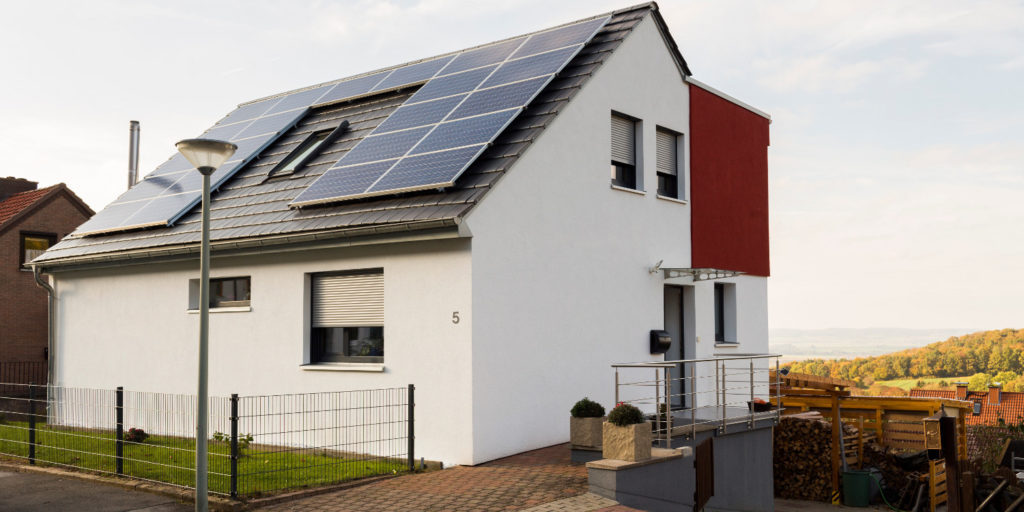from pv magazine Germany
According to figures published by Germany’s Federal Network Agency (Bundesnetzagentur), new PV additions for October totaled 182 MW.
The figure is slightly less than September’s total of almost 200 MW. However, as in the previous month, small and medium-sized rooftop systems continued to be the market driver, with a newly deployed capacity of 169 MW.
Ground-mounted systems accounted for just 13.1 MW in October – again, slightly less than in September. Around 8.2 MW of solar parks not exceeding 750 MW in size were built outside the tender scheme last month. Overall, 18 ground-mounted PV plants came online, of which two were selected in tenders.
The figures for the PV tenant electricity scheme remain poor. Since January, performance of the projects which secured a contract, totaled just 5.6 MW. Since the introduction of scheme in the summer of 2017, almost 300 PV systems with a total output of 6.9 MW have been recorded. In October, 39 solar systems with almost 780 kW of total output were added.
FIT drops by 1% in December
At end of October, the Federal Network Agency fixed the degression of solar FITs for November, December and January. The remuneration rates will decrease by 1% each month. In December, the feed-in tariff for small PV rooftops – up to 100 kW – is between €0.1007 and €0.1159/kWh, depending on system size, with €0.0801/kWh for other systems.
The tariff applied to energy sold to the grid – mandatory for systems larger than 100 kW, which do not qualify for a FIT – is €0.1047-0.1199/kWh for rooftop systems, and €0.0841/kWh for other installations.
From February, the federal government plans an additional reduction in the FIT paid to PV rooftop systems larger than 40 kW. The cut is included in a new bill which is due to be debated and passed by parliament today. If the legislation is passed, the payment will gradually decline to €0.0890/kWh by April.
At the end of October, around 2.4 GW of PV systems had been registered with the Federal Network Agency this year, just 100 MW short of the 2.5 GW annual capacity target. Germany has not hit the 2.5 GW mark since 2013 and with further FIT cuts looming, a late-year rush to install systems could see 3 GW installed in 2018.
Germany’s cumulative installed PV capacity, under the renewable energy law (EEG), reached 45.3 GW at the end of October. According to the provisions of the EEG, all subsidies will cease once the 52 GW point is reached.
This content is protected by copyright and may not be reused. If you want to cooperate with us and would like to reuse some of our content, please contact: editors@pv-magazine.com.




By submitting this form you agree to pv magazine using your data for the purposes of publishing your comment.
Your personal data will only be disclosed or otherwise transmitted to third parties for the purposes of spam filtering or if this is necessary for technical maintenance of the website. Any other transfer to third parties will not take place unless this is justified on the basis of applicable data protection regulations or if pv magazine is legally obliged to do so.
You may revoke this consent at any time with effect for the future, in which case your personal data will be deleted immediately. Otherwise, your data will be deleted if pv magazine has processed your request or the purpose of data storage is fulfilled.
Further information on data privacy can be found in our Data Protection Policy.